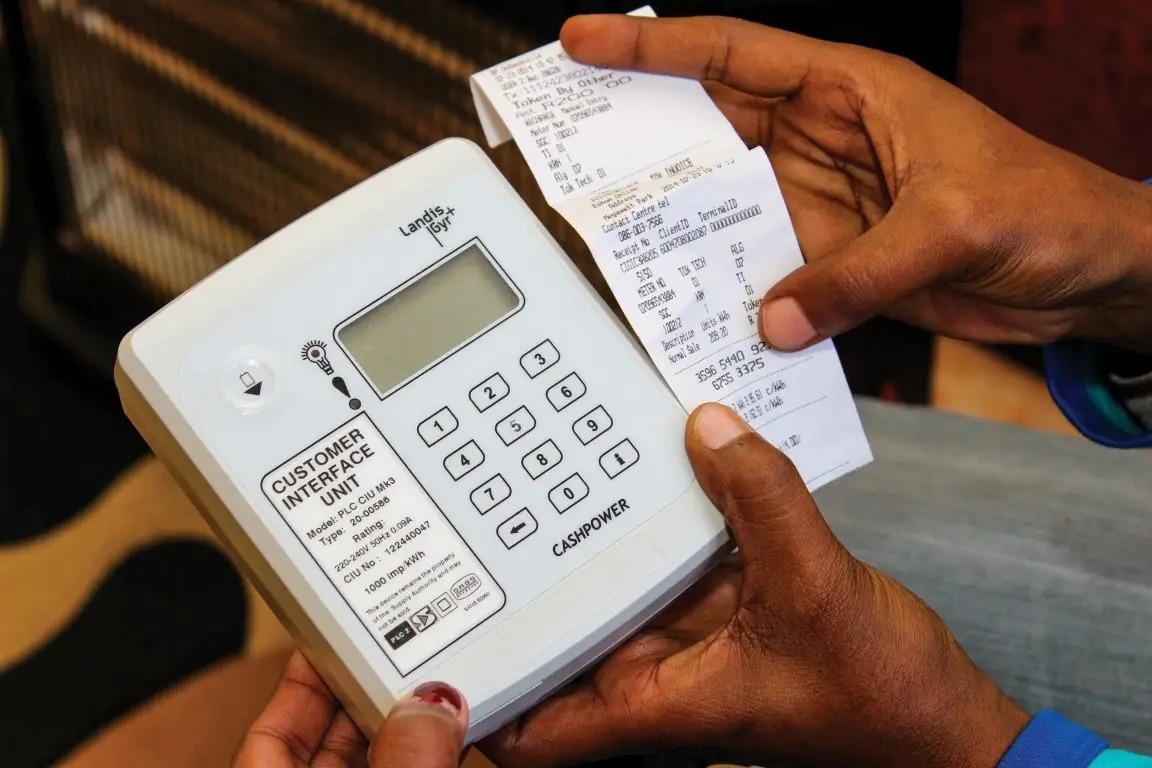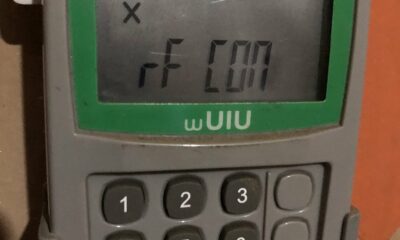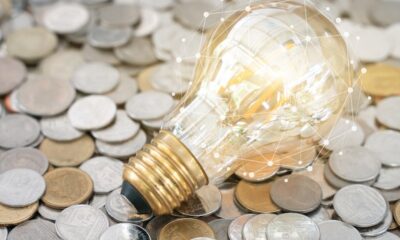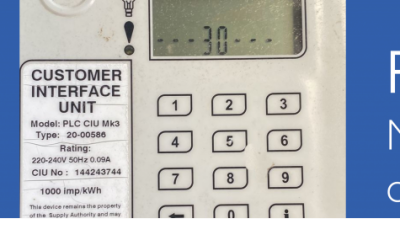Best of Johannesburg
Prepaid Electricity Hacks: How to Stretch Your Units Further in South Africa 2025

In a country where load shedding is practically part of the weekly planner and electricity prices seem to rise with every Eskom press release, prepaid electricity has become both a blessing and a budgeting battleground. For millions of South Africans using prepaid meters, it’s not just about staying connected; it’s about outsmarting the system and getting every cent’s worth of power.
With the average household already tightening the belt, we’ve pulled together the smartest, most up-to-date strategies to help you get the most out of your prepaid electricity in 2025 without compromising on comfort or safety.
Also read: How Much Power Your Geyser Uses & How to Save in 2025
It’s Not Just the Units; It’s When and How You Buy Them
Most South Africans don’t realise that prepaid electricity works on something called an inclining block tariff. Simply put, the more electricity you buy in a month, the more expensive each additional unit becomes.
Tip from the trenches: Buy your electricity at the start of the month. This gives you access to the cheapest block of units and avoids jumping straight into the pricier tiers. Buying in bulk sounds smart, but it can cost you more per unit.
Also, some banks and vendors sell electricity without adding extra service fees. That small difference can save you a fair bit over time, especially if you’re topping up regularly. Double-check your provider.
Phantom Load Is Real (and Costing You)
That little red standby light on your TV? It’s draining power even when you’re not using it. This is what’s known as phantom load, and it adds up.
Unplug what you’re not using. Not just switched off; physically unplugged from the wall. Chargers, microwaves, routers, consoles, and TVs all sip electricity 24/7 if left plugged in. Multiply that by a month, and you’re bleeding units unnecessarily.
Geysers Are the Biggest Energy Guzzlers
If there’s one thing sucking up your electricity, it’s your geyser. Heating water accounts for up to 40% of residential power usage.
Here’s how Joburg locals are cutting that number down:
-
Install a geyser timer to heat water only when needed.
-
Reduce the temperature setting to around 60°C; hot enough, but not scalding.
-
Use an insulating blanket or wrap to keep water hotter for longer without extra energy.
It’s a small upfront investment, but the long-term savings are solid.
Run Your Home Like a Power Ninja
Want to win the prepaid game? Start thinking like a power ninja: strategic, sneaky, and smart.
-
Use LED lighting instead of traditional bulbs. They use up to 80% less electricity and last far longer.
-
Shift your chores to off-peak hours. Appliances like washing machines, dishwashers, and even kettles can cost more to run during peak demand (usually early mornings and evenings). If you can, do laundry midday or late at night.
-
Insulate everything. Draughts, unsealed windows, and poor insulation force you to rely on heaters and fans more. Block gaps, use heavy curtains, and let sunlight warm your space in winter.
Smart Meters and Smarter Apps
Modern prepaid meters now often come with mobile app integration. That’s not just a fancy extra; it’s your best friend in fighting high electricity costs.
Use these tools to:
-
Monitor usage trends in real-time.
-
Get low credit alerts.
-
Set budgets and even usage limits.
-
Identify which times or appliances are spiking your usage.
If your meter doesn’t offer this, it might be worth asking your municipality or landlord about an upgrade to a smart prepaid meter.

Image 1: Pexels
Solar Isn’t Just for the Suburbs Anymore
Yes, solar power setups still require a bit of an investment, but they’re becoming more accessible. Even a basic solar panel and portable battery combo can help you run essentials like lights, Wi-Fi routers, and phone chargers without tapping into the grid.
With power prices expected to rise by over 60% over the next three years, solar has shifted from a luxury to a long-term cost-saving strategy. Government rebates and financing options are also making this more realistic for middle-income households.
The Truth About Tariffs
One of the most overlooked factors affecting your prepaid electricity cost? Where you live. Tariffs differ across the country’s 257 municipalities. That means your units might cost significantly more in Johannesburg than in another city.
Smaller homes, especially those in lower property valuation brackets, can also qualify for lower tariffs or even free basic electricity (FBE). It’s worth checking with your local authority or ward councillor to see what you might qualify for.
Your Prepaid Survival Toolkit
To make your prepaid electricity stretch further in 2025:
-
Buy tokens early in the month.
-
Unplug everything when not in use.
-
Set geyser timers and reduce the temp.
-
Switch to LED bulbs.
-
Use heavy appliances during off-peak hours.
-
Track your usage via apps.
-
Upgrade to smart tech where possible.
-
Look into solar and insulation for long-term savings.
In a city where we’re constantly adapting to energy uncertainty, every bit of knowledge helps. Prepaid might seem like a hustle, but with the right strategy, it can become a superpower.
Also read: Why Your Water Bill Just Spiked: Top 3 Causes + What to Do (2025)
Follow Joburg ETC on Facebook, Twitter , TikTok and Instagram
For more News in Johannesburg, visit joburgetc.com
Featured Image: Eskom



























